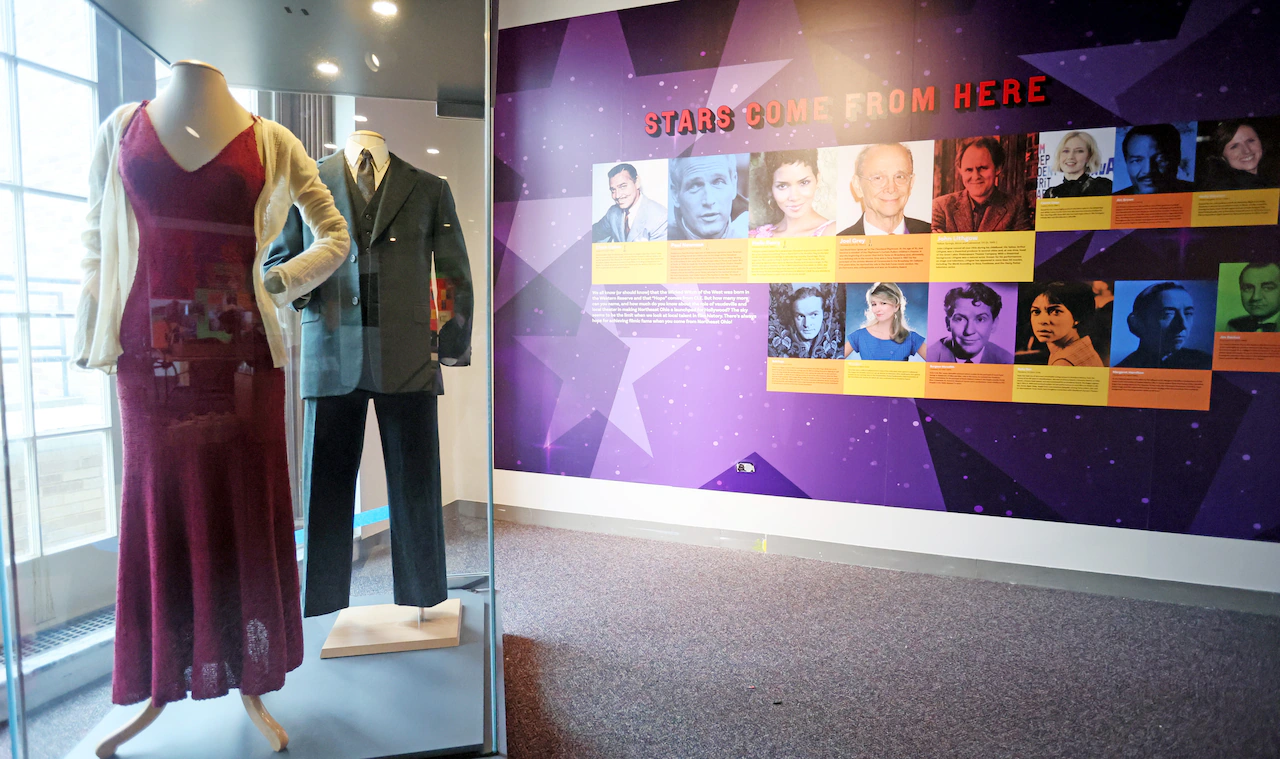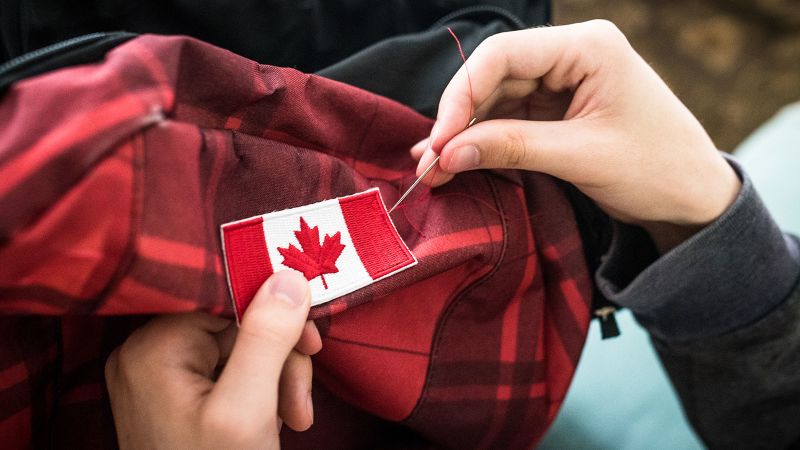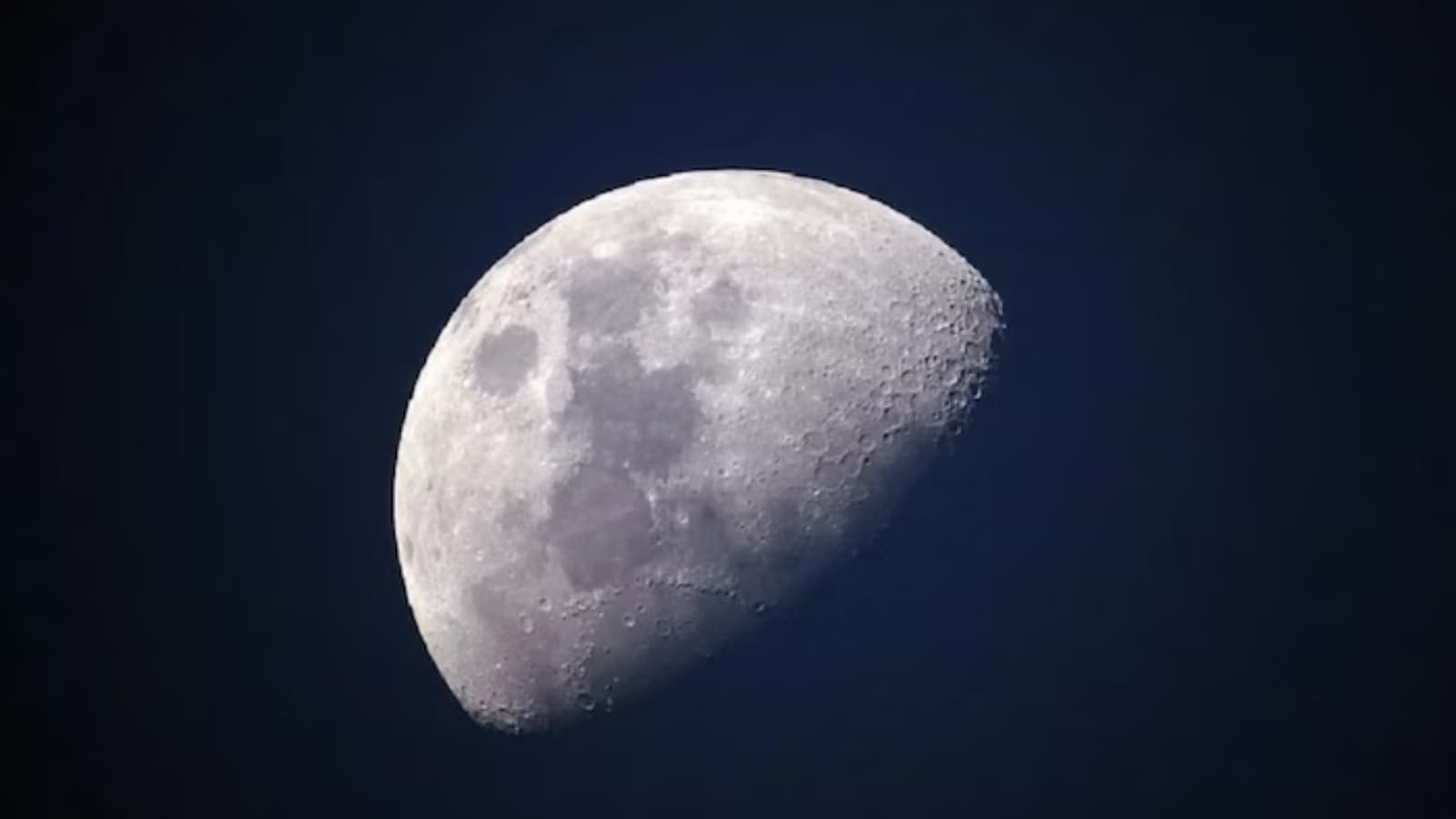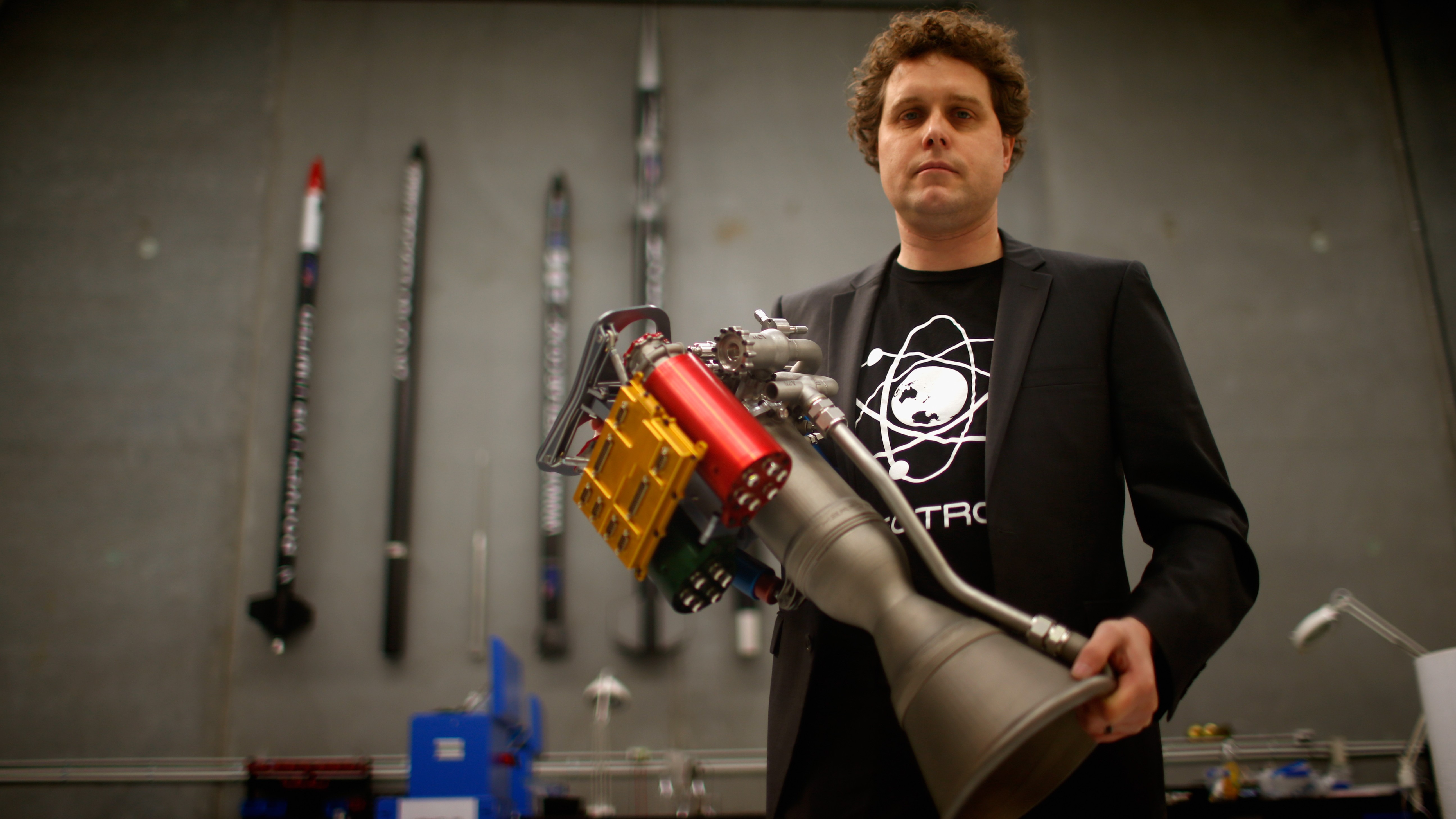Hollywood on the Cuyahoga: New Cleveland History Center exhibition reveals Cleveland’s film legacy

CLEVELAND, Ohio — Everybody knows “A Christmas Story” and this summer’s blockbuster “Superman” were filmed in Cleveland. But the city’s role in Hollywood history — and its impact on the movie industry — goes much deeper than that.
That’s the point of “Hollywood on the Cuyahoga: Northeast Ohio and the Movies,” a new exhibition opening Thursday at the Western Reserve Historical Society’s Cleveland History Center in University Circle. Compact but comprehensive, the two-room show highlights the region’s influence on film for more than a century, from the earliest Edison shorts to Marvel superhero spectacles.
“There are a lot of ‘aha’ moments that guests will discover,” said Angie Lowrie, the museum’s director. “Not only the actors, but those behind the scenes — the producers, the special-effects people, the composers, the writers. So many have come from Northeast Ohio.”
The exhibition’s project manager, Dennis Barrie — a veteran curator who helped create the Rock and Roll Hall of Fame — said visitors will constantly bump into names they didn’t realize had local roots.
“You always hear, ‘Oh, this guy’s from Cleveland, she’s from Akron,’” he said. “The truth is, there are just hundreds of people in the movie industry who have come out of this community.”
Wall displays trace the contributions of dozens of figures, from the Warner Brothers, originally from Youngstown, to Cleveland’s Russo Brothers, along with Margaret Hamilton — the Wicked Witch of the West in “The Wizard of Oz” — horror master Wes Craven and Academy Award-winning composer Trent Reznor. Those stories continue on screen, with video clips from films tied to the city, including the very first, “Coal Unloader,” a 45-second movie shot in the Flats in 1897 by the Thomas Edison Company. An interactive database lets visitors explore the many Cleveland movie houses that have since closed.
“Everyone will find something here that they knew, but also something that’s going to be a surprise,” Lowrie said.
Costumes add star power: Bob Hope’s tuxedo from “Here Come the Girls,” Clark Gable’s jacket from “Test Pilot” and Halle Berry’s dress from “Things We Lost in the Fire.” The largest artifact may be the most eye-catching — a larger-than-life robot created by John Zabrucky for the 1992 Robin Williams movie “Toys.” It greets visitors in the main gallery on their way to the exhibition.
Barrie has built his career around transforming pop culture into museum exhibitions. In addition to the Rock Hall, he helped launch the International Spy Museum in Washington, D.C. and the Mob Museum in Las Vegas.
“The Rock Hall was a dream job,” Barrie recalled. “Some people thought it couldn’t be done, or shouldn’t be done. Others asked how you could put music in a museum. But we managed to put music into a museum and tell why rock and roll was important. So it’s always interesting for me to do that.”
Working on the Academy Museum of Motion Pictures in Los Angeles gave him the impetus for “Hollywood on the Cuyahoga.”
“You got to meet a lot of filmmakers — some fairly big names — but also the special-effects people, editors and others who never get any billing,” he said. “It got me thinking about the breadth of this and what kind of story it could be.”
Barrie’s passion for cinema history shines through when he talks about Zabrucky, a Warren native who created props for “Star Trek,” “Men in Black” and “The Amazing Spider-Man.” One of his inventions, nicknamed the “Most Important Device in the Universe” by science-fiction fans, holds the Guinness World Record as the most filmed sci-fi prop, appearing in more than 200 movies and TV shows.
“He did hundreds of films,” Barrie said. “Grew up in Warren, taught at Kent State, and now he’s giving everything back to Trumbull County.” The county’s historical society is planning a permanent science-fiction and fantasy museum with Zabrucky’s collection as its centerpiece.
Barrie also insisted on including overlooked chapters of Cleveland’s movie history. Silent films were once produced in studios across the city. Cleveland was home to companies like Otis Lithograph and Morgan Lithograph, which made posters for nearly every major studio in the 1910s, ’20s and ’30s — including iconic one-sheets for Charlie Chaplin and “Dracula.”
And then there’s “Uptight,” a 1968 film made in Cleveland’s Hough neighborhood during a period of racial unrest, starring Ruby Dee. “You actually see Black insurrection at the time that it was going on in Cleveland,” Barrie said. “How that was made is kind of remarkable — it’s not a documentary, it’s a feature film. That was important to include.”
“Uptight” is just one of many examples. Barrie said 104 feature films have been made here, “going all the way back to ‘The Kid from Cleveland’ and up to ‘Eenie Meanie’ while they were making ‘Superman.’”
It’s a legacy that hasn’t slowed down. The exhibition also looks forward by acknowledging that film remains an active industry in Northeast Ohio. Productions shot in the region last year generated nearly $78 million in local spending, according to the Greater Cleveland Film Commission. And the cameras haven’t stopped rolling — this summer alone brought “Carousel,” starring Chris Pine, and the horror film “Buddy,” starring Cristin Milioti and produced by Chagrin Falls native Tyler Davidson.
That duality — celebrating Cleveland’s past while recognizing its present and future — is what makes the exhibition more than a nostalgia trip, and one Barrie hopes leaves guests with a sense of pride.
“Films are emotional. That’s why these crazy people here love them — and I say that with affection,” he said, referencing the filmmakers, actors and craftspeople whose stories line the walls. “But we also want visitors to know it’s a really important industry.”



